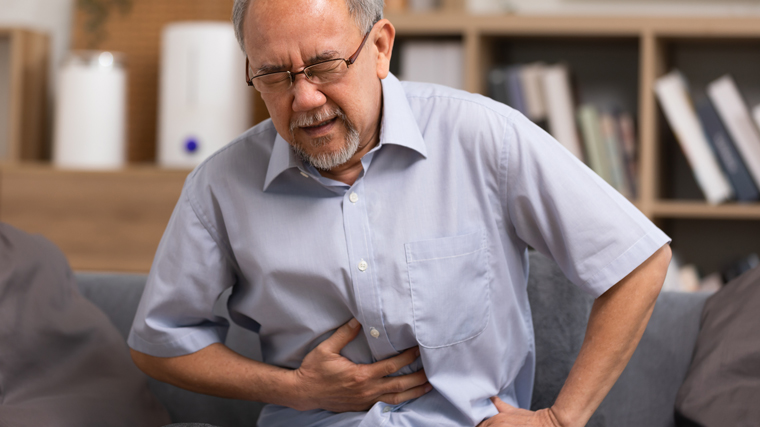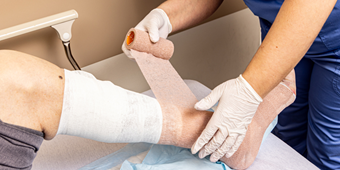Gallbladder Disease Can Exist Without Presence of Gallstones

Find Your Perfect Match
Answer a few questions and we'll provide you with a list of primary care providers that best fit your needs.
Those who experience a sharp pain in their upper abdomen shortly after eating may have a gallbladder that has become diseased and needs to be removed.
The gallbladder is a pear-shaped organ in the body that stores bile made in the liver. A healthy gallbladder properly distributes the bile into the body’s small intestines after someone eats a meal, helping the body to easily digest fats and absorb nutrients. There are times when the bile is not able to exit the gallbladder, creating uncomfortable symptoms, and at times, painful gallbladder attacks.
Perhaps the most common reason for gallbladder attacks and the removal of the organ itself is the presence of gallstones. Gallstones are hardened deposits in the fluid of the gallbladder. However, a person’s gallbladder can cease proper function and become diseased without gallstones, says surgeon Daniel Taylor, MD.
“Gallbladder disease is usually due to gallstones, which block the exit of the gallbladder so it can’t drain properly,” says Dr. Taylor. “But a person doesn’t have to have gallstones in order to have gallbladder disease. Sometimes it is more of a functional issue.”
Other Causes of Gallbladder Disease
Normally, the gallbladder will empty about 35 percent of its bile into the small intestines after the body consumes a meal. A gallbladder that empties less becomes diseased because the extra bile that remains causes the organ to swell. It’s this inflammation that causes pain.
Scans can be performed to determine the efficiency of the gallbladder while other tests can detect the presence of gallstones. In either case, the gallbladder can be removed to provide relief to the person suffering. Thankfully, a person can live without their gallbladder and usually experience little to no side effects after it is removed.
There is no set of diet guidelines following gallbladder removal. Still, leading organizations indicate it can benefit individuals to take certain steps to ensure their recovery is smooth.
Go easy on the fat. It can help to follow a low-fat diet now that the bile which used to be stored in the gallbladder is continuously dripping into the small intestines. The bile that is passing into the small intestines may also be less concentrated than before which may have a laxative effect on some individuals.
Consume smaller meals. Eat smaller, more frequent meals. Include lean proteins and re-introduce fiber gradually. This will help avoid bloating and gas. Dr. Taylor recommends that patients enter a trial and error time with food. If something doesn’t agree with your digestive system then go off of it and reintroduce it in a couple of weeks.
Get moving. Start walking shortly after surgery and to everyday activities as soon as you feel up to it. It’s all part of getting the body back into its normal routine. If an activity causes pain then stop doing it.
Find Your Perfect Match
Answer a few questions and we'll provide you with a list of primary care providers that best fit your needs.
Source: Daniel S. Taylor, MD, Miami County Surgeons





